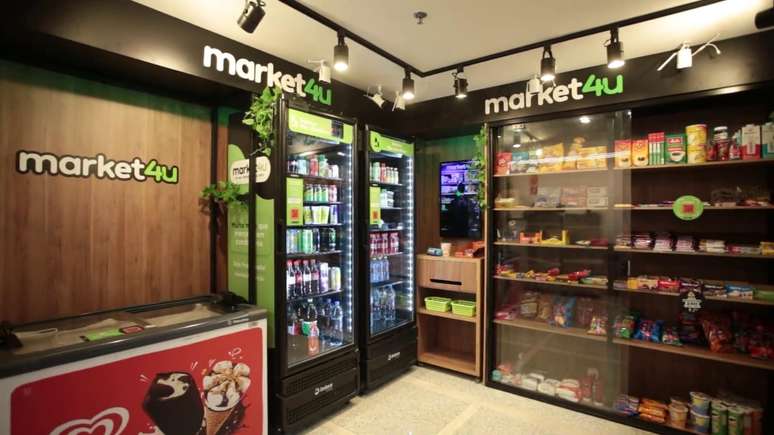Recovery specialist actions guidelines for financial organization and payment of debt
Summary
Recovery of Expert presents five practical passages for the financial organization and the discharge of debt still in 2025, highlighting planning, renegotiation and financial education as a key tools to overcome default.
According to the “default and debt negotiation map of Serasa, about 75 million Brazilians are defaulting, with over 437 billion of reais in open debts. The data are a notice of the importance of the initiatives that promote not only the recovery of credit, but also prevention and financial education.
Organizing the accounts and resuming financial control has become a priority for many Brazilians, and the good news is that, carrying out planning and renegotiations, there are sustainable alternatives to obtain bills in blue by the end of the year.
“More than reacting to non -compliance, today the focus of banks and institutions is to prevent it. But when it happens, acting with intelligence makes the difference. It is possible to search for institutions that provide softer and more spaced conditions for total payment. For each situation it is a solution that can be planned,” says Camila Kronieri Flaquer, Recovery Collection Manager (B2C).
With this in mind, the expert has collected five practical steps for those who want to reorganize his financial life by the end of the year.
1. Be clear on your financial situation
To pay the debts, you have to start with the bases: understand how much you get and how much your budget comes out every month. Records everything, from accounts fixed to variable expenditure and see if it is left or lack of money at the end of the month. If you are in red (with missing money or debt), review the expenses and cut everything possible. If it is in blue (with a remaining amount), take the opportunity to invest, even with little.
2. Learn everything about your debts
If there is more than one debt, you need to organize it to think about the best payment solutions. Create a list with the name of the creditor, total amount, interest, installments and how much it is still to be paid. Prepare the debts with high interest rates or guarantees, such as properties and vehicles. If you do not know this data, consult your CPF in the Registry of Central Banks (online and free online system that brings together information on the relationship of a person – individual or legal – with the national financial system), Serasa, SPC or Recovery. There are digital platforms that help in the identification of the debt and offer special unloading conditions.
3. Talk to the family and create a joint plan
Talking about money at home can be difficult, but it is essential. Collect the family, review the collective budget and fixed joint objectives. Small adjustments, such as cutting streaming plans or reducing expenditure for delivery and other non -essential products and services for a period can make a big difference.
4. Renegocociare your debts
Renegoing the debt is an essential step to resume financial control and prevent debts from becoming invaluable. It is possible to look for more advantageous agreements with creditors, such as discounts for payment in cash or installments with amounts that adapt to the budget.
5. Reduce the number of credit cards
Avoid the accumulation of cards and always pay the total amount of the invoice on the correct date. It is never too much to repeat: monitor installments purchases and avoid budget expenditure are attitudes that help maintain control and remove the risk of default.
It inspires the transformation into the world of work, business, society. It is the creation of the compass, content and the connection agency.
Source: Terra
Rose James is a Gossipify movie and series reviewer known for her in-depth analysis and unique perspective on the latest releases. With a background in film studies, she provides engaging and informative reviews, and keeps readers up to date with industry trends and emerging talents.




![Tomorrow belongs to us in advance: Bart looked at us! [SPOILERS] Tomorrow belongs to us in advance: Bart looked at us! [SPOILERS]](https://fr.web.img5.acsta.net/img/af/35/af359d527d6d271621ed2b01f9443f9a.jpg)

